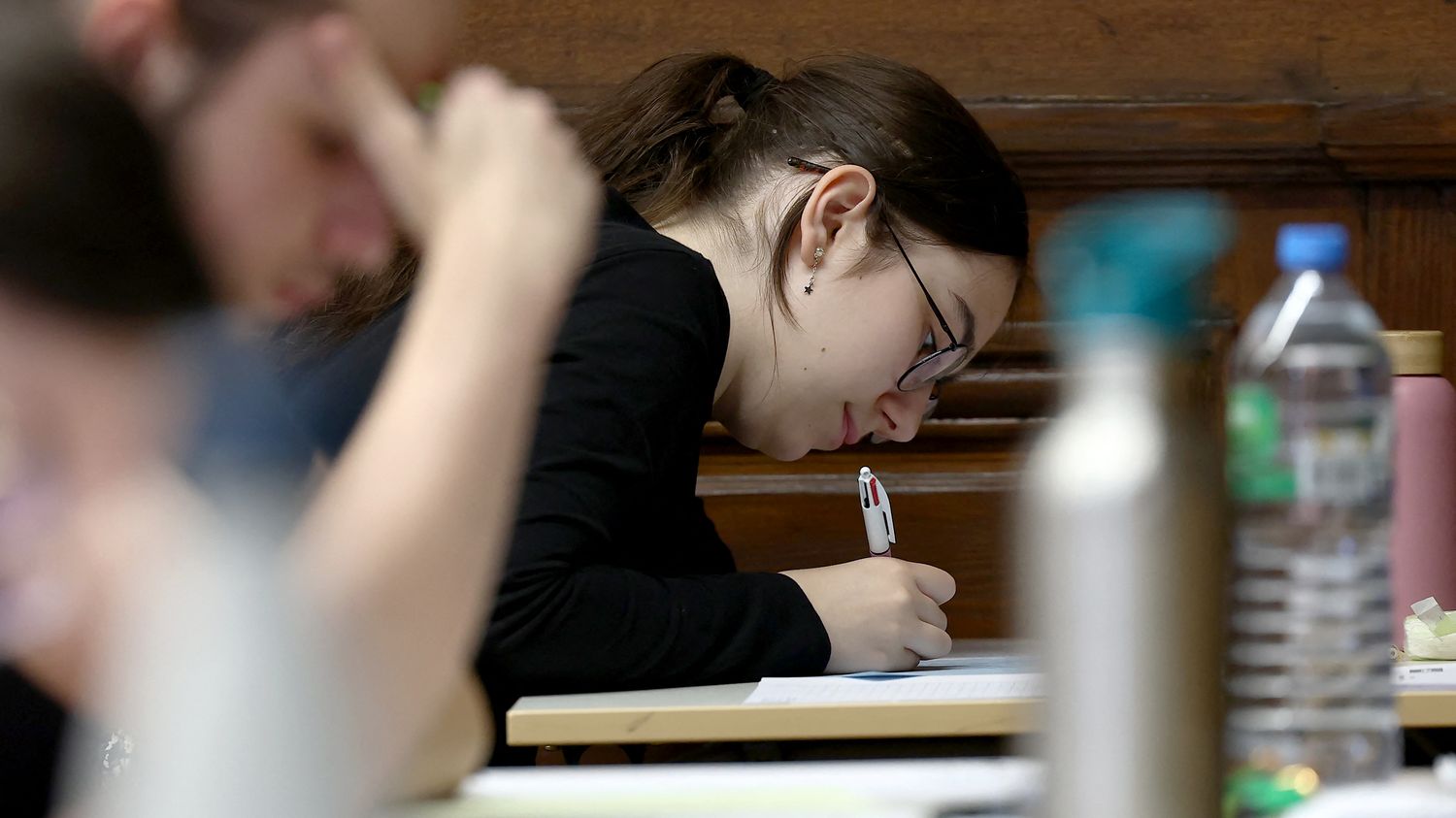According to the Ministry of Higher Education and Research, there has been a 2.1% increase in the number of scholarship students for the 2023-2024 academic year.

Published
Updated
Reading time: 1 min

The Ministry of Higher Education and Research has just published the figures on the number of students receiving scholarships based on social criteria for the 2023-2024 academic year. They are on the rise, with an increase of 2.1% noted. In total, 14,000 more students received a state allowance last year, which gives a total of 679,000 scholarship holders.
The scholarship reform, launched by the Ministry of Higher Education last year, changed the rules of the scales allowing new students to be eligible. The national scale had not changed for seven years. If this increase puts an end to the decline observed since 2020, “the number of scholarship holders remains, with the exception of the previous academic year, the lowest since the 2015-2016 academic year”the study specifies.
Moreover, if the reform had not taken place, “nearly 30 000 scholarship holders for the 2023-2024 academic year would not have been eligible, which would have continued the previous downward trend.” This drop in the number of scholarship students in recent years can be explained in particular by the boom in apprenticeships, a system which does not provide entitlement to scholarships based on social criteria.
In this publication, we note strong disparities. There are twice as many scholarship holders in the public sector (40.3%) as in the private sector (20.3%). The most scholarship holders, in proportion, are found in BTS, where half of the students are concerned, then in IUTs and universities.
Business schools are the ones that welcome the fewest. There are also gender disparities. As in previous years, female students are more often scholarship holders (4 out of 10) than male students (3 out of 10). According to the Ministry’s statistical service, this is because in modest backgrounds, women study more often than men.
